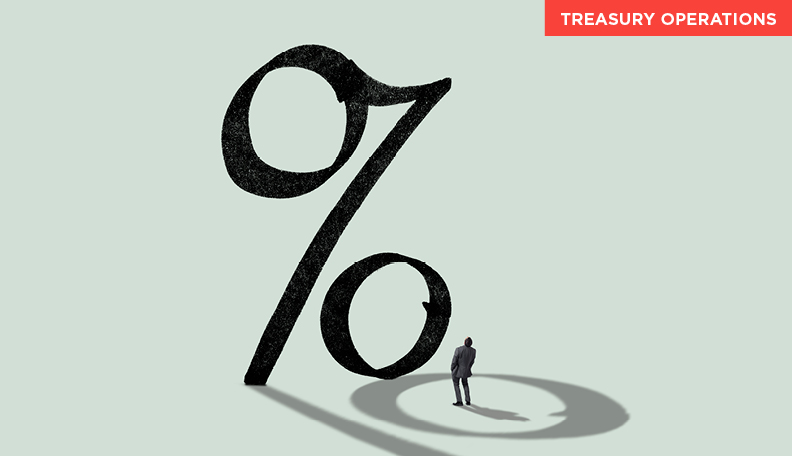
The Bank of England and other central banks may have halted a series of interest rate hikes, intended to curb inflation, in recent months – but expectations are that a higher rate environment looks like it may be with us for the foreseeable future.
With that in mind, Stewart Hagell, director at KPMG, says that treasurers need to ensure they are well prepared for this new world by having a clear statement of investment objectives and risk appetite to guide effective decision-making. “It sets the tone in the organisation by converting agreed principles into a set of guidelines for managing this environment,” he says.
Specifically, Hagell says treasurers should be thinking about immediate issues such as interest rate risk, interest on debts that may be going up, becoming more expensive. But he says a key consideration is the area of cash management. “Are companies using their cash more effectively, making working capital cycle improvements, making their cash work harder?”
One action corporates could take is to use cash pooling and other structures to centralise cash. “It should be about where you’re investing cash, rather than just what you’ve been doing for the last 10 years, putting it in overnight deposits that weren’t earning very much.
“Now you've got the ability to really question. There are lots more options out there that could significantly change things, whereas previously there might have been a few basis points to be made here and there. There’s actually a lot more value to be had,” he adds.
David Blake, director at treasury consultancy Arlingclose, says that treasurers need to have a mindset to address the possibility of interest rates being higher for the foreseeable future.
He says that while it’s important to be able to minimise the cost of capital, there could also be good reasons for retaining exposure to floating interest rates. “It could be down to appetite for risk and taking a view on rate reductions next year, in which case it wouldn’t be a good idea to lock in positions that could prove costly,” he says.
A good funding strategy will work in a range of different rate outcomes
But he also cautions the need to keep an open mind. “You’ve got to take interest rate forecasts with a pinch of salt, even if it’s from a reputable forecasting house with a great track record, a good funding strategy will work in a range of different rate outcomes,” he says.
“On average, variable rates are historically cheaper than fixed, so you may want to retain a blend of fixed and floating rate debt. You've got to undertake scenario modelling on this. In any case, maybe it’s a good time to review the funding strategy and risk controls,” he adds.
Paul Wilde, treasurer at Shawbrook Bank, warns that treasurers may be affected by a by-product of the current high interest rate environment – the Bank of England and other central banks exiting the quantitative easing (QE) programme and the TFSME (Term Funding Scheme with additional incentives for SMEs), leading to banks assessing their refinancing plans.
“What I am conscious of as a treasurer is just how much funding is being removed from the system and how central banks will need to adjust their market operations. I don’t think the effects of that are easily predictable. We've already seen the European Central Bank (ECB) stop paying banks on part of the reserve deposit that they place with the central bank.
“These effects will impact banks because we won’t receive interest on the billions that we placed. But they will also ripple through to corporates because it will change how much we’re willing to pay on deposits or charge on loans,” he says.
Lawrie Holmes is a freelance business and financial journalist
